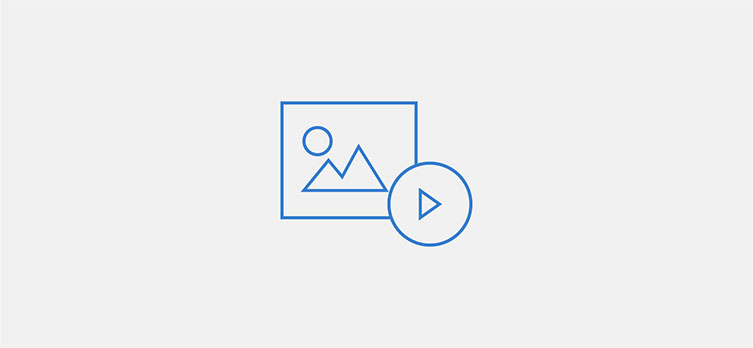Events

What is Monitoring and Evaluation?
Gender equality and social inclusion are vital to fully realize the development impacts of energy programs. Understanding the gender dimensions of activities, outputs and outcomes within energy projects and programs is key for tracking progress, reporting on results and ensuring transparency. Monitoring and Evaluation (M&E) is a process that allows teams to measure progress and results in programs and projects at various stages within the project cycle. Often referred to as a system, or an institutional framework, M&E is an indispensable tool of managing for results.
Monitoring can be defined as a continuing function that aims to provide means by which to systematically track progress, or lack thereof, in the achievement of results. Evaluation on the other hand is an analytic attempt toanswer specific questions about a programs or projects performance or to determine the causal relationship between an intervention and its outcomes. Integrating gender into M&E systems is an important topic in international development and is vital for promoting gender equality and gender mainstreaming.
However, the state of knowledge in M&E is uneven across sectors and themes, with considerably more resources on gender and M&E available in health, agriculture, and gender-based violence, compared to fields such as energy. In line with this, the AFREA Gender and Energy Program hosted an M&E clinic on January 27, 2015 for its French speaking country counterparts in Benin, Mali, and Senegal who are all engaged in diverse World Bank Group (WBG) energy projects. The event led by Mr. Mohamed Khatouri, a M&E Advisor at the WBG provided an interactive space for participants to learn about best practices in M&E, engage with new learning material, and ask practical questions related to their work on the ground.


Photo caption:Participants from the Mali Agency for the Development of Household Energy and Rural Electrification (AMADER) joining the M&E clinic from the World Bank office in Bamako.
Exploring Different M&E Approaches
Mr. Khatouri guided participants through concrete approaches to integrate gender issues into energy operations through the use of an M&E framework built up on defining a clear results chain (from inputs and outputs to intermediate outcomes, outcomes and overall development goals e.g. see figures 3 and 4). Country counterparts were also given examples of gender informed results and impact indicators across energy topics and were challenged to provide their inputs on various issues such as tracking M&E throughout the project cycle and mid-term evaluations. In addition, Mr. Khatouri outlined how development outcomes such as the rate of women’s participation in energy project planning and the increase in women’s income can be tracked in energy projects.
Figures 3 and 4 | Result chains in M&E


Following the presentation, the focus of the clinic was to apply the M&E approaches to the various projects country counterparts are working on. For example, the participants from Benin inquired about gender mainstreaming actions related to the forest management plans being developed for 300, 000 hectares covering five districts under the Increased Access to Modern Energy project of the WBG. In Mali, participants from the Agency for the Development of Household Energy and Rural Electrification (AMADER) formulated questions about M&E related to tracking utilization and performance of Multi-Functional Platforms being used by women in rural communities. In Senegal questions focused on approaches to adopting gender sensitive indicators in the operations of the Rural Energy Agency (ASER), and the challenge of reporting project benefits to women in the Second Sustainable and Participatory Energy Management Project (PROGEDE II).
Topics discussed in the context of these projects included finding the correct definition of indicators and creating the right project timelines for gathering and measuring outcomes. In addition, Mr. Khatouri guided participants through the use of proxy indicators to represent less easily measurable ones when gathering data of significance.


Photo Caption:Energy, forest management and gender experts from the Rural Electrification Agency (ASER) and the Second Sustainable and Participatory Energy Management Project (PROGEDE II) joined the clinic from Dakar.
The training marks an increased focus on building capacity to track and measure the impact of gender mainstreaming activities under the AFREA Gender and Energy program. The program was developed in 2009-2010 to pilot different approaches, develop the “know-how,” and work with energy teams and government clients on integrating gender into existing and new energy access operations in Benin, Kenya, Mali, Senegal, Tanzania and Zambia.
A second phase, the AFREA 2 Gender and Energy program focuses on increasing the adoption of gender sensitive approaches across energy projects in the Africa region through technical support, building internal capacity for gender mainstreaming in energy operations, knowledge development and improved M&E. The program plans to expand the scope of activities beyond energy access to include electricity infrastructure, projects supporting national utilities, and policy and reform projects.
A video and a presentation from the M&E clinic are available on the Collaboration for Development (C4D) platform which hosts the Gender and Energy Forum at the World Bank Group. Additional resources can be found on the ESMAP Online Resources platform which hosts assessments, action plans, Terms of Reference, M&E in the energy sector outputs and related publications such as the briefing note on Integrating Gender Considerations into Energy Operations.
Contact: Inka Schomer